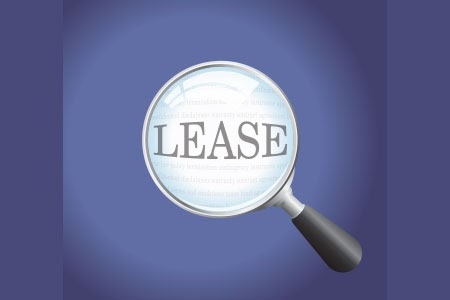Does Your Business Need Equipment?

Does your business need equipment?
Purchasing new equipment places heavy demand on available capital. By leasing equipment, you can keep your cash reserves and credit lines open. Leasing comes out of the operating budget, making it possible to invest working capital where it’s needed most. The result is increased efficiency and productivity and a healthier bottom line.
As a business owner you want to be profitable, you want to grow, you are concerned about cash flow and you want to reduce taxes
As a business owner you rely heavily on the advice of accountants, lawyers and financial advisors to ensure the business remains healthy and profitable. Cash flow is key to the day-to-day operation of the business to ensure that bills get paid, employees get paid and the owner gets paid, on time.
Every dollar saved by not having to pay it out monthly on payments is a major benefit to the cash flow of the business. This is where leasing comes into the mix.
Here’s just a sample of what can be leased:
- Construction equipment
- IT equipment
- Commercial vehicles
- Medical and laboratory equipment
- Manufacturing and industrial plant equipment
Case Study (For illustrative purposes)
Billy Bob Entrepreneur runs a very successful excavation company. He has been profitable for the past five years but his equipment is wearing out. He wants to replace his one old backhoe with two brand new Kubota backhoes valued at $175,000 for the pair. He is really confused between just writing a cheque on his line of credit from the bank as he has always done or leasing this equipment. What should he do?
Here’s what happens if Billy Bob buys the equipment:
- First of all, he may impair his line of credit, which may prohibit the growth of the company.
- Secondly, he must now show the $175,000 debt as a liability on his balance sheet, which could create an unfavorable picture to lenders, and possibly even his larger clients if they wanted proof about the stability of his company.
- Thirdly, he can only write off the loan interest and depreciation of the equipment over a very lengthy CRA declining balance depreciation schedule. Buying is neither cashflow nor tax efficient in this case.
Here’s what happens if Billy Bob leases this equipment:
- By leasing, every monthly payment becomes a rental expense against the income of the business and is completely written off over the term of the lease, which would be most likely 48 to 60 months.
- Secondly, depending on the structure of the lease, his monthly payments will be lower, plus he will have more options to better control his cashflow over time.
- A major additional benefit is that he does not have to show a $175,000 debt on his balance sheet and his lines of credit at his bank will not be affected.
A simple math example, for demonstration purposes only, looks like this:
To buy: $175,000 at 8% interest over 48 months = monthly payments of $4,263.00 each
To lease: $175,000 @ 8% with a 10% purchase option over 48 months = $3,837 a month each
That is cashflow savings just on this one transaction of $426 a month!
Added benefits:
- Let the equipment “pay for itself” through its use
- Often, no down payment required
- Does not usually affect a business’ bank credit line
- Easy and fast approval compared to conventional banking
Business owners need proper cash flow management and leasing helps keep the cash flow positive, in most cases.
Have you talked to someone already and they turned you down for a lease for new equipment? Contact Peter at the MortgageGirl Office for all your leasing needs. Call: 780-433-8412 email: jwoodward@mortgagegirl.ca Follow us on Facebook ( MortgageGirl.ca), Twitter (Mortgagegirlca) and on the MortgageGirl.blog